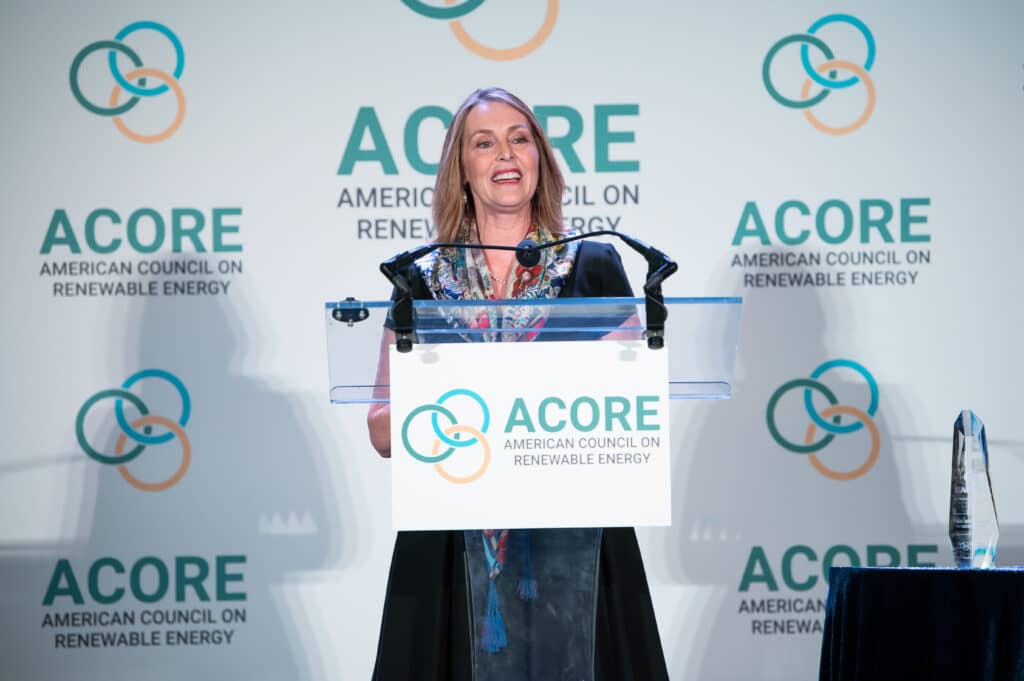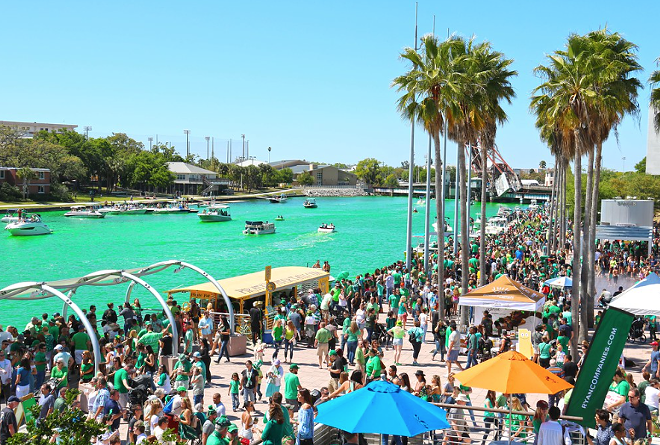Over the next 20 years, the city’s Albert Whitted Airport will see a mix of new aircraft and users emerge, intensifying the need for more hangars and changes for the runway.
The public airport that sits on 100-plus acres along the city’s waterfront is at capacity and is in need of several improvements and operating space, according to the findings of a master plan study and layout plan the St. Petersburg City Council reviewed and adopted Thursday afternoon.
The master plan adoption from city council follows an ongoing controversial discussion from St. Petersburg Mayor Ken Welch regarding the future use of the airport.
City administration members recently discussed entering a contract with consultant HR&A to study non-aviation uses at Albert Whitted.
The contract will go before the St. Petersburg City Council in late July or early August.
“Albert Whitted Airport is a foundational structure that’s been on our waterfront for many years, and it’s going to be here for many years to come,” councilmember Ed Montanari said during the council meeting.
The master plan is a necessary step to secure grants from the Federal Aviation Administration (FAA) and Florida Department of Transportation (FDOT) to back projects, which must be included in the comprehensive study, airport director Richard Lesniak and aviation consultant Doug DiCarlo informed the board.
The last airport master plan was conducted in 2007. Roughly 85% of the $18.5 million in capital improvements from the 2007 master plan were paid for with federal and state grants. Airport staff started forming a new master plan in 2019 before the onset of the pandemic.
Lesniak and DiCarlo presented a map outlining the different projects needed at the site, which may have a five-to-10-year timetable while others are on intermediate terms based on funding.
The projects range from new hangars to updating the fuel farm and equipment in the control tower.
DiCarlo said the airfield is in “good shape” and the north-south runways were recently rehabbed; however, the airport officials expect they will need to extend the main 7/25 runway in the next 10 to 15 years.
The existing runway has a “runway protection zone” — a trapezoidal area off the end of the runway end designed to protect people and property on the ground in the event an aircraft lands or crashes beyond the runway’s end.
Runway 7/25’s protection zone currently sits on top of the University of South Florida’s campus. Shifting it to the east, onto airport property, means the runway would get extended further east into Tampa Bay.
Since the last study, new USF research buildings and the Maritime and Defense Technology Hub, which consists of firms that are aiding the defense intelligence sector, have opened adjacent to the airport property.
The extension would allow the FAA to protect certain air space while not interfering with the surrounding buildings, especially as Alison Barlow, executive director of the St. Petersburg Innovation District and Hub, is seeking to build the Hub 2, a new facility that would occupy space at Port St. Petersburg, and physically connect to the current Hub.
Meanwhile, the airport team is grappling with developing additional hangars. There’s currently a 200-person waiting list for hangars.
“It’s full as soon as we put the shovel in the ground,” Lesniak said. The occupancy rate has never dipped below 100%.
Who is using the airport today?
Albert Whitted, one of the sites used for the annual Firestone Grand Prix race, is designated by the FAA as one of the nation’s critical reliever airports.
The airport relieves congestion at commercial service airports and provides general aviation access to the community.
Pilots also utilize the airport as the central hub for transporting supplies to hurricane victims and transporting patients to local hospitals, including Johns Hopkins All Children’s Hospital.
Mark Womack of Med-Trans Corporation transports over 500 patients a year to surrounding hospitals.
During Hurricane Ian, Womack said his company transported 67 NICU (Neonatal Intensive Care Unit) babies who were evacuated from hospitals in the South.
Harris Ambush of Sol Relief, a St. Pete-based nonprofit that responds to rescue and relief efforts during disasters, previously described how the group, mainly comprised of volunteer pilots, responded to help those affected by Hurricane Ian by providing supplies from the airport. The company has flown over 400 flights and delivered over 1 million pounds of resources.
“The efforts of Sol Relief last year during the aftermath of Hurricane Ian were outstanding as they delivered first responders and supplies to the Ft. Myers airport while many of the major roads were closed,” Albert Whitted Airport Advisory Committee member Walt Driggers said during the council meeting.
Driggers highlighted that 100,000 movements (inbound and outbound flights) are expected to occur at the airport this year.
The airport is also home to flight schools. Earlier this year, 19 students received $75,000 in flight training scholarships through the Friends of Albert Whitted Airport advocacy group.
Driggers said in the past 10 to 12 years, over 3,000 kids, ranging from ages eight through 17, have learned how to fly at the airport through its Young Eagles program.
Councilmember Gina Driscoll also recognized the airport as a significant economic engine, citing a study indicating the airport contributed a total impact of over $16 million in visitor spending and over 600 direct and indirect jobs.






